Flying Things
The workshop is intended to facilitate a learning experience for the participants. Constructing flying things is a hard and genuine problem, with clear (or emerging) success criteria. Many people have little prior knowledge or experience in this area. Learning is thus framed as a challenge. A struggle where learners empower themselves and each other. A competitive angle is immediately apparent and is supported by the presence and activity of the (other) participants in the shared work space, the awareness what is going on, and the tangible material lying on the tables or workbenches, calling out to be used.
There is only little instruction, there is no prescribed approach or solution, and there are no rules: Participants collaborate, search online, ask, copy, try and break. The project utilizes fabrication, and maintaines low entry barriers. Participants are asked to make flying apparati from everyday materials in a open, explorative and experimental process. A selection of hand tools such as pliers, scissors, files, cutter knifes and saws, and construction materials such as paper, fabric, sticks, glue, tape, metal wire, foam and electric motors are supplied, and participants are invited to bring materials they find inspiring in relation to flying things. Depending on the availability at the location, participants can also use power tools, laser cutters and 3D printers, and use fans or an outdoor space. The tools and materials allow, for instance, to build and experiment with kites, paper or cardboard planes, rubberband launching pads, planes made from tape, planes, helicopters or hovercrafts powered by elecrical motors, helium-filled balloons, boomerangs and Frisbee disks.
The workshop demonstrates and invites different approaches, methods and ways of learning, and various activities that support the process for individuals and groups. Participants are asked to describe and reflect on their activities during the workshop; what they did, why they did it, and what happened; and to discuss the relationship between making and learning, and its potential for (organized/mainstream) education.
Questions which are likely to be discussed include the use of kits or building from scratch, (basic/initial) instruction, constraints, guidance or free experimentation, types of learning, design-based learning, product and process, failure and breakdowns, physicality or materiality, scope and level of various making practices, target groups, learning content, and making as a perspective in life.
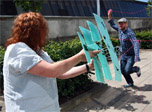
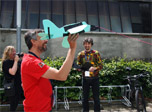

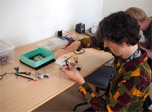
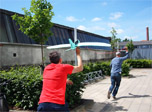
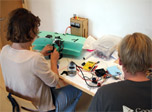
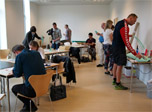
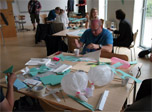
Workshop session at IDC 2014, Aarhus, DK, Jun 17-20, 2014
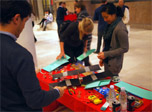
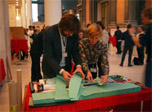
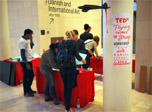

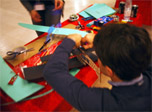
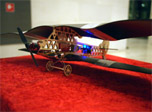
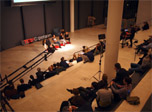
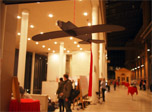
Workshop session at TEDxCopenhagen, Copenhagen, DK, Nov 24, 2014
Daniel Cermak-Sassenrath, Emilie Møllenbach. Flying Things on Strings. Workshop session, Key Challenges in Digital Fabrication for 21st Century Education (FabLearn Europe), Jun 16, 2014 at the Interaction Design and Children (IDC) 2014 conference, Aarhus, DK, Jun 17-20, 2014.
Daniel Cermak-Sassenrath, Emilie Møllenbach. Flying Things. Workshop. TEDxCopenhagen, Copenhagen, DK, Nov 24, 2014.
|















